#architectural engineer
Explore tagged Tumblr posts
Text
Seismic Restraint Australian Standards
Archi ENG is a seismically specific company focusing on top-notch seismic design Australia & seismic restraint Australian standards. We understand the imperative importance of seismic restraint, strictly adhering to regulations and rules in accordance with Australian standards. This compliance ensures that structures can resist earthquake hazards, enhancing their durability over time. Our team of expert architectural engineers employs innovative design techniques and rigorous analysis to create solutions that meet aesthetic requirements while satisfying safety criteria. We are committed to sustainability and efficiency, ensuring that each project aligns with regulatory requirements and is environmentally friendly. Whether you’re embarking on a new build or retrofitting an existing structure, Archi ENG guides you through the complexities of construction engineering. Trust us to bring your vision to life with precision and care, making your structures more resilient and beautifully designed. Choose Archi ENG for expert seismic design and structural engineering services tailored to Australian needs.

0 notes
Text
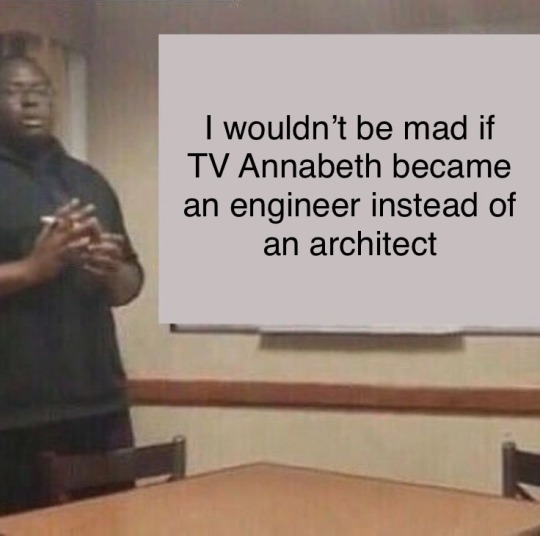
I know it’s controversial but I think Annabeth geeking out over the Hephaestus contraptions was adorable
#and yes architectural engineering is STILL on the table#any kind of engineering works honestly but I loved how she geeked out over the machine#annabeth chase#percy jackson#pjo#percy jackon and the olympians#percy jackson and the olympians#pjo tv show#percy jackson tv show#pjo spoilers#percy jackson the lightning thief#pjo series#annabeth pjo
32K notes
·
View notes
Text
Health and wellbeing in Buildings
Part 1 - The situation Indoors
There is a huge problem with where the construction industry is headed and, personally as an architectural engineering student, want to be a part of a change in this bare minimum design movement that is ruining the experience of being in the indoor and even the outdoor space. The decline in architectural development (for the better at least) has halted, especially when it comes to the average persons home, which mean that unless you can afford to spend you time in costly buildings, you’ll have a very unfulfilling experience being in your own home. This also applies to the other places that we tend to spend the most time in, our offices, classrooms, even our hospitals are unhealthily miserable, which is a danger to every patient. In every crucial, commonly used space, not only is there minimal access to greenery and nature and light, there are also hideous buildings, built only to accommodate their function and not to be enjoyable or good for you in any way. While researching the topic of health and wellbeing in built environments, I was surprised to learn about the estimation that an entire 68% of the developed world will be urbanised by 2050. Imagine that ugly scenery with the architecture of today (function over quality, aesthetics and all of the above). A world of concrete, bricks and plaster would cause such a detachment from the natural world, which is already bad enough in today’s day and age. The pandemic of 2020 has also caused an increase in the time spent indoors, especially for the youth, which was again, bad enough before. As of today we spend 62% of our waking time just at home, where the air quality is extremely damaging to our health and wellbeing. Air pollution is actually the number one environmental threat to human health causing approximately seven million deaths each year. That’s over 11% of the yearly deaths in the world! Exposure to polluted air increases risks of a stroke, heart disease, pulmonary disease, lung cancer, and respiratory infections. Indoor air pollution, which affects 90% of people, is primarily caused by solid fuel combustion, gas appliances, and the release of harmful gases and chemicals from materials. These pollutants can cause respiratory conditions like asthma and lead to respiratory issues like nausea, headaches, and allergies. Biological contaminants, such as mould and fungi growth, can also cause indoor air pollution. Outdoor air pollution, caused by transport, agriculture, and waste, is a significant health risk for people within buildings. Causes of ambient air pollution related to the built environment include the use of highly polluting brick kilns, which contribute to up to 20% of global black carbon emissions, and the concentration of 90% of global brick production in central Asia. Addressing these sources is crucial to protect human health and wellbeing. The ventilation and windows do not make up for this lack of fresh air and light, hence the regulations around health and wellbeing getting stricter and stricter every year. But these minuscule restriction hardly make any difference to improve our lives and our time inside. We, of course do not even put in effort to help our own case - we don’t leave the house enough, look away from our screens enough, low our eduction and jobs to take place anywhere but enclosed in the unhealthy space that is indoors. There are very few of us that spend the amount of time we should be spending outside and it is honestly getting more difficult and, unfortunately rare. The whole world restricted by nursery, school, college,university, their daily responsibilities, and there is no clear answer as to how to achieve the ability to restore our connection with nature. There is no possible change to our lifestyles that could be significant enough to give us the result we need for our health. The answer lies within the four walls that stand between us and nature.
Sources:


0 notes
Text

Paracas textile (Peru)
#consciousness#light#peru#ascension#energy#alchemy#magic#esoteric#occult#aliens and ufos#enlightenment#engineering#architecture#agriculture#kundalini awakening#kundalini energy#pyramids#ancient#archeology#archaeology#archetypes#godhood#witchcraft#south america
943 notes
·
View notes
Text
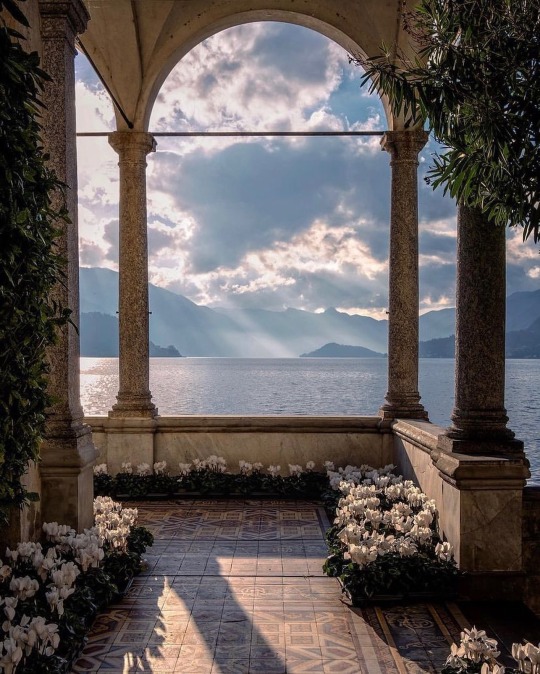
villa monastero, italy ⋅ ph. sae_snaps
#sae_snaps#villa monastero#villa#italy#europe#travel#view#vista#architecture#architect#engineer#sky#skyline#nature#beauty#inspo#inspire#inspiration#discover#create#photo#photograph#photography#photographer#insta#instagram#twitter#tumblr#pinterest#blog
2K notes
·
View notes
Text

#postsss#fotosss#photography#architecture#architecture photography#street photography#interior#interior design#design#industrial#industrial design#steel#stairs#street fashion#art#engineering#lifestyle#life#high fashion#luxury#luxury lifestyle#apartment living#interiors#home interior#arquitectura#fotografia
404 notes
·
View notes
Text

#no place like home#architecture#architectural design#porsche#car culture#car design#design#exterior design#homeinspiration#home inspiration#home exterior#engineering#design aesthetic#home design#seclusion#peace and quiet#architectdesign#architecturaldetail#architectural photography#car aesthetic#car enthusiasts#car community#womensfashion#women style#womens style#womenswear#womens wear#womens fashion
180 notes
·
View notes
Text

The Jacobite, Glenfinnan Viaduct
#the jacobite#jacobite#steam train#steam engine#steam locomotive#locomotive#train#railways#original photographers#photographers on tumblr#landscape#nature#britain#trees#adventure#scotland#glenfinnan#glenfinnan viaduct#architecture#scottish highlands#harry potter fandom#harry potter#hp fandom
546 notes
·
View notes
Text

Interior shaft of the CN Tower, Toronto, 1975.
792 notes
·
View notes
Photo
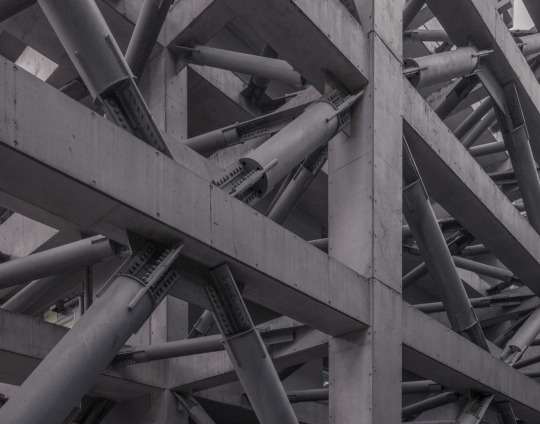
External seismic bracing ~ Tokyo, Hongo (2015) by Jan Vranovský ⌘ When survival becomes sculpture ◆
#modern#2015#seismic engineering#black#jan vranovský#tokyo#hongo#tokyo architecture#gray#2010s#photography#architecture
95 notes
·
View notes
Text
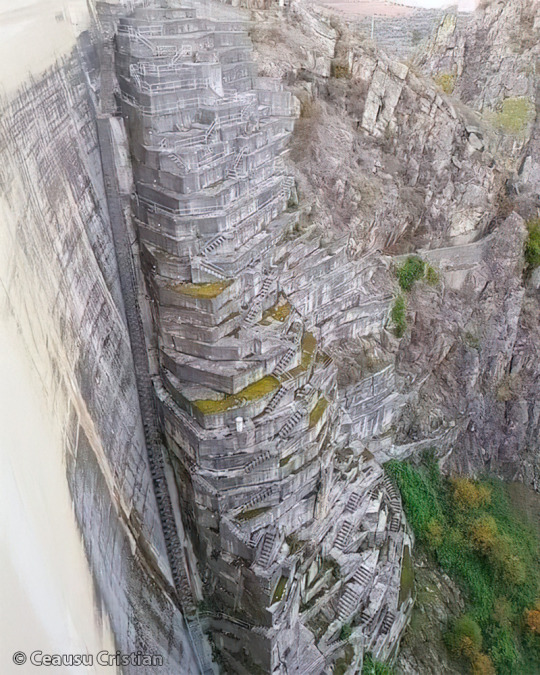
Varosa Dam" Staircases"
Constructed on a tributary of the Douro River, the Varosa Dam is most famous for its sharp stairs, blending the dam with the rocky topography.
The structure takes its name from the Varosa River which originates from a lowland village near Tarouca and flows into the Douro.
The dam, built in 1976, is one of the smallest hydroelectric power plants in Portugal, measuring 76 meters in height and 213 m in length.
Nevertheless, what makes the Varosa Dam notable is its extremely steep maintenance access staircase on the west end. It meanderingly runs down the concrete terraces following the relief of the sharp valley.
#art#design#stairwell#stairway#architecture#staircase#stairs#staircases#engineering#valley#dam#portugal#surreal#hydroelectric power#varosa dam#douro river#douro#tarouca
72 notes
·
View notes
Text






Love the shapes and textures of these photos. Really gives the viewer a sense of depth to appreciate.
#photography#travel#travel photography#wanderlust#adventure#landscape photography#landscape#explore#amateur photography#art#film#digital camera#photographers on tumblr#film photography#original photographers#nature#urban photography#urban#architecture#engineering#civil engineering#canon#canon eos#canon eos m50#skyscraper#new york#new york city#nyc photography#nyc#nyc aesthetic
124 notes
·
View notes
Text
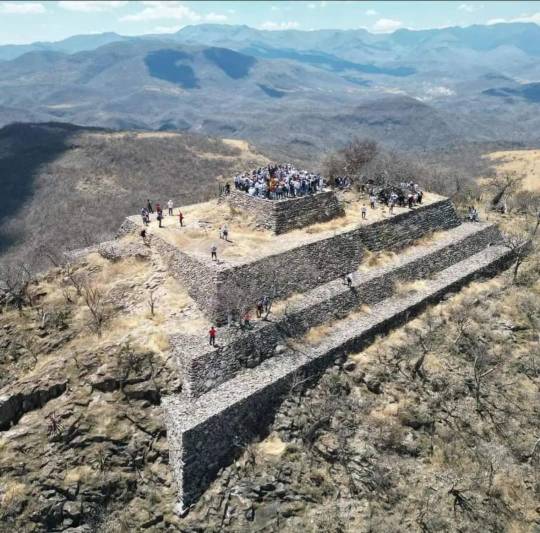
Chimalacatlan ruins - Mexico
#pyramid#consciousness#light#technology#ascension#energy#magic#godhood#enlightenment#kundalini#ancient#architecture#archaeology#archeology#engineering#occult#esoteric#aliens and ufos
85 notes
·
View notes
Text

Engineering Building at University of Leicester, built 1963. Photo by Hans-Peter Bärtschi, 1971.
71 notes
·
View notes
Text

I adore the wavy design elements in this modern architectural stunner.
#wavy#design elements#design evolution#design education#design engineering#modern design#modern house#modern home#modern architecture#architecture#may#spring#toya's tales#style#toyastales#toyas tales#exterior#home design#luxury home#luxury#home improvement#home & lifestyle#home#concrete#wood#fence#box#planters
320 notes
·
View notes
Text
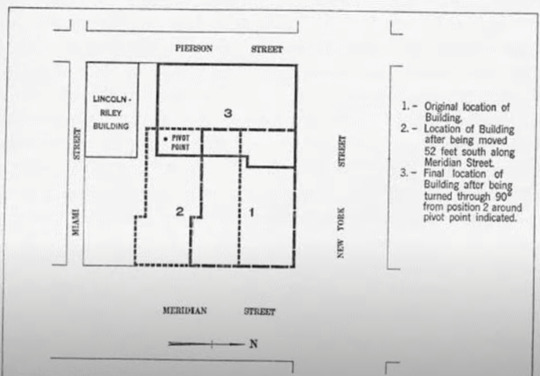
In 1930 the Indiana Bell building in Evansville, Indiana was moved over 34 days the 11,000-ton building was moved 16 meters from its original location and rotated 90 degrees, a process that was completed in mid-November 1930, without interrupting or the service of calls nor the supply of gas, water, and electricity of the building. Over a month, the structure was moved 15 inch/hr all while 600 employees still worked there. According to reports, ‘no one inside felt it move’
The move was planned by engineers Bevington, Taggert & Fowler, while contractors John Eichlea Co. carried out the feat.
#reddit#nextfuckinglevel#Natchos09#imgur#archdaily.com#1930#1930s#architecture#engineering#indiana bell building#engineers#bevington taggert & fowler#john eichlea co#relocation#rotation#indiana#evansville#video#telephone#phone#gas#water#electricity#utilities
93 notes
·
View notes